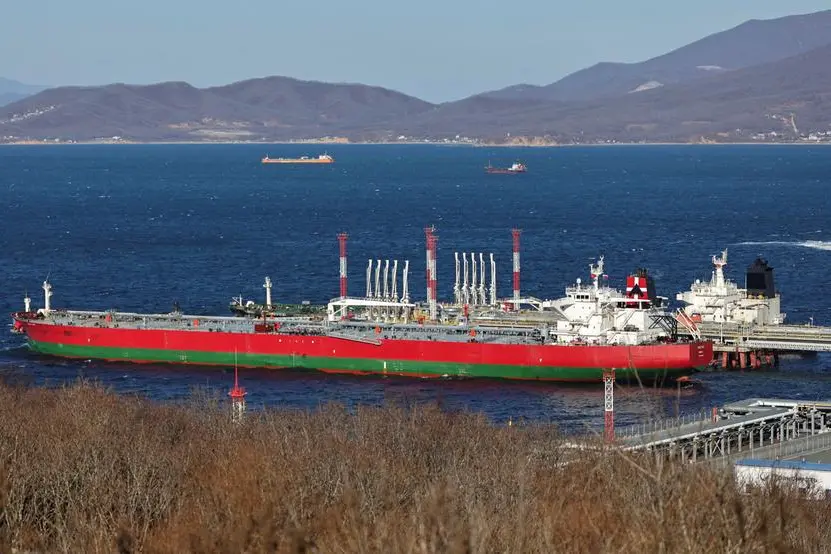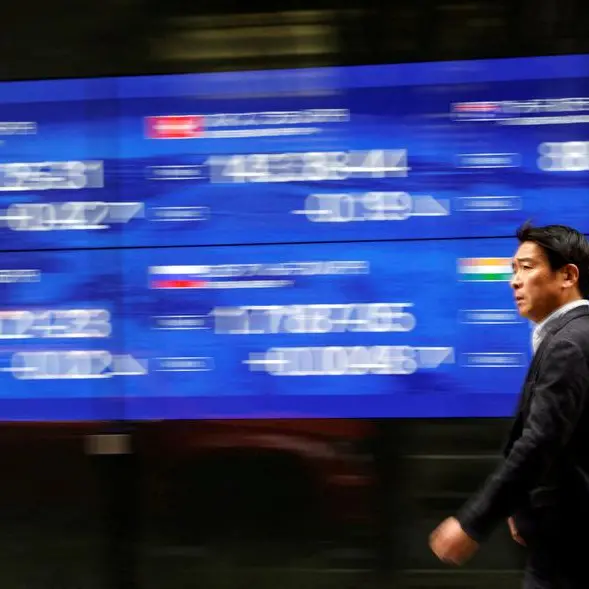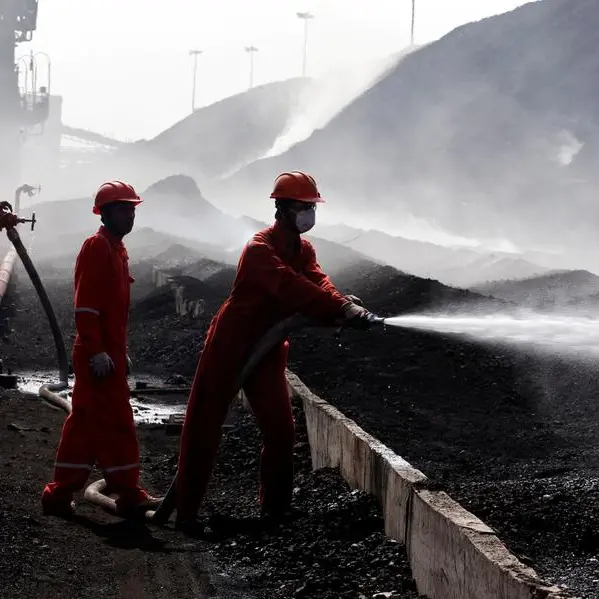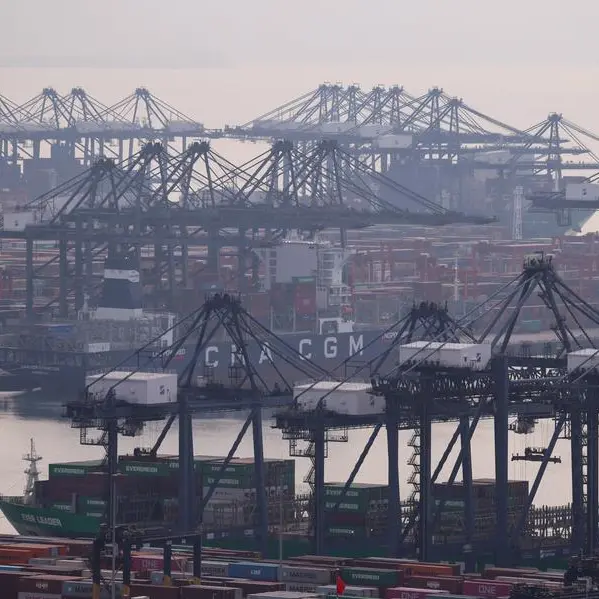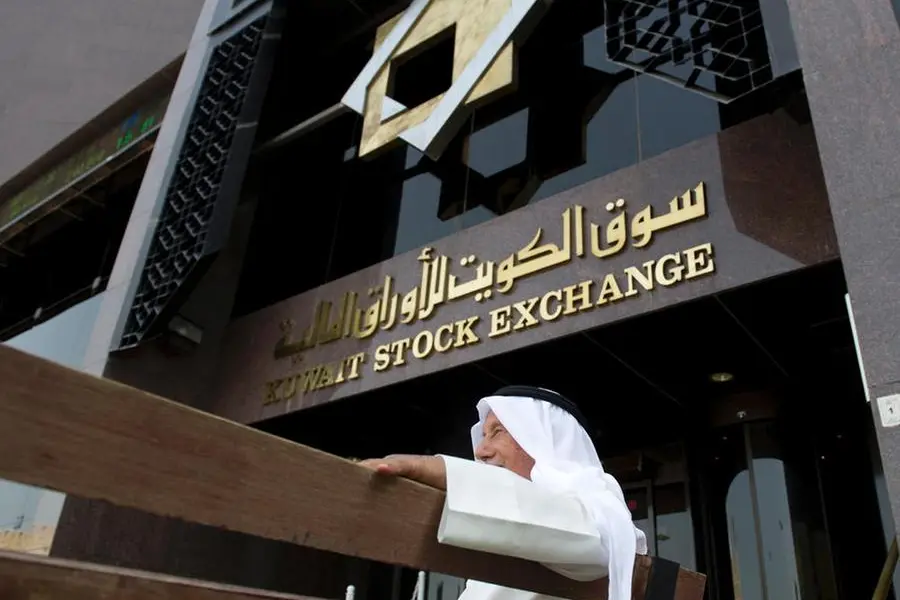PHOTO
(The views expressed here are those of the author, a columnist for Reuters.)
LAUNCESTON, Australia - A new scramble for crude oil market share in Asia may be kicking off as top exporters Saudi Arabia and Russia move to boost cargoes to the world's top importing region.
China, the world's biggest oil importer, is emerging as ground zero for the two exporters, who are ostensibly allies in the wider OPEC+ group of producers.
Russia had overtaken Saudi Arabia as the top supplier to China, largely as a result of it being forced to discount its crude after Western sanctions because of its war in Ukraine cut the pool of buyers to mainly China and India, with a small volume heading to minor players such as Myanmar.
But Russia's seaborne shipments to China have stalled in the first two months of this year, partly as the result of new sanctions on shipping introduced by former U.S. President Joe Biden just prior to leaving office in January.
China's seaborne imports from Russia dropped to 969,000 barrels per day (bpd) in February, down from 1.01 million bpd in January and the lowest on a per day basis since December 2022, according to data compiled by commodity analysts Kpler.
For the first two months of the year, China's seaborne imports from Russia were 990,000 bpd, down 270,000 bpd from the preceding two months.
India, which saw Russia jump to become its top supplier since the sanctions, also saw lower imports from Russia in the first two months of the year.
India's imports from Russia dropped to 1.43 million bpd in February, the lowest on a per day basis since January 2023 and down from 1.63 million bpd in January, according to Kpler data.
For the first two months of 2025, India imported 1.56 million bpd from Russia, down from 1.63 million bpd in the previous two months.
But both China and India are poised for a rebound in imports from Russia in March, as traders and refiners work around the sanctions, continuing a pattern in which the market finds ways around sanctions measures shortly after they are imposed.
India's imports from Russia are expected to rise to 1.92 million bpd in March, which would be the highest since 2.1 million bpd in July last year, according to Kpler data.
China is on track to see arrivals of 973,000 bpd in March, above the levels seen in February.
It's also likely that this figure will be revised higher by the end of the month, given that more cargoes are likely to be assessed as they leave Russia's Pacific ports for China, which is typically only a week-long voyage.
SAUDI MOVES
The Saudis appear not to be sitting idly by while Russia's exports to China and India recover, with Kpler tracking 1.64 million bpd of arrivals in China for March.
This is the strongest month since August 2023 and up from the 1.21 million bpd in February and the 1.33 million bpd in January.
India's imports from Saudi Arabia are assessed at 532,000 bpd so far for March, but this figure is likely to rise as more cargoes are assessed prior to end of the month.
India imported 679,000 bpd from Saudi Arabia in February, which was the weakest since August last year.
However, it's likely that imports from Saudi Arabia will only show a meaningful increase from April as this is the first month from which OPEC+ agreed to increase output, and also because Saudi Aramco, the kingdom's state-controlled producer, cut the official selling prices (OSPs) for its oil.
Aramco lowered the OSP for its Arab Light grade for Asian refiners to a premium of $3.50 a barrel above the average of Middle East benchmarks Oman and Dubai for April-loading cargoes, the first decline in three months and down from a premium of $3.90 for March.
The lower OSPs had been expected given OPEC+'s decision to start unwinding its output cuts, starting with an increase of 138,000 bpd from April.
That small boost to production isn't really enough to make much difference to global oil prices.
But what is enough is the signal that the Saudis want to boos their market share by lowering the OSPs, while at the same time Russia seems to have largely worked around the latest sanctions.
Russia's oil exporters are also likely to be buoyed by the rapid shift in U.S. policy under new President Donald Trump, who has swung firmly behind Moscow and has virtually abandoned Ukraine in its fight against the Russian invasion.
The March oil flows data to Asia may be early signs of a fight for market share that may add to the current downward pressure on oil prices.
Global benchmark Brent crude futures ended at $69.28 a barrel on Monday, slightly above the four-year low of $68.33 hit on March 5.
The views expressed here are those of the author, a columnist for Reuters.
(Editing by Christian Schmollinger)
Reuters
